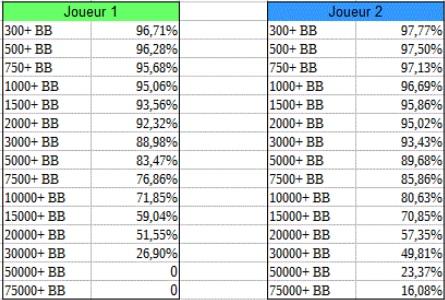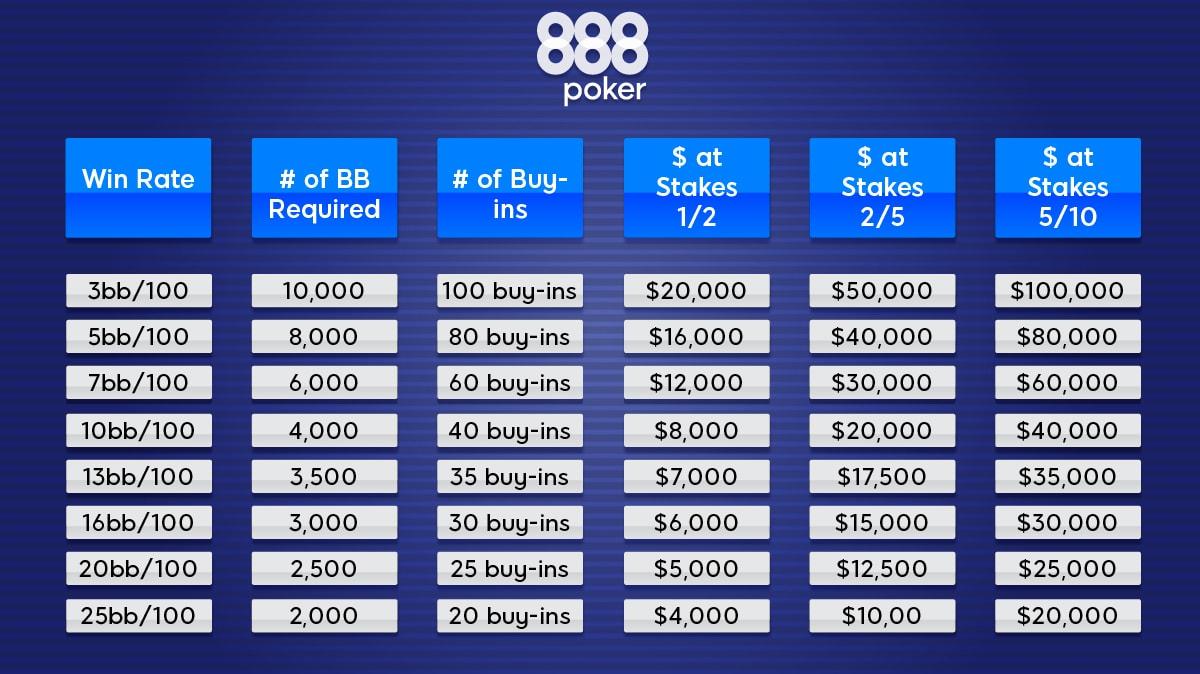Mastering Your Bankroll: A Beginner’s Guide to Poker Success
As the cards are dealt and the chips are stacked, the atmosphere in a poker room is charged with anticipation and strategy. For many, poker is more than just a game; it’s a test of skill, psychology, and, perhaps most importantly, financial prudence. Yet, amid the thrill of the bluff and the allure of a winning hand, one factor remains crucial to long-term success: bankroll management. Whether you’re a novice looking to join the ranks of the greats or an aspiring player hoping to navigate the tables with confidence, understanding how to master your bankroll is the first step on the road to poker prowess. In this guide, we’ll break down the essentials of bankroll management, offering practical tips and strategies to help you maximize your potential while minimizing risk. Embrace the journey, and let’s lay the groundwork for your poker success!
Understanding Bankroll Management Essentials
Effective bankroll management is an essential skill for any aspiring poker player. At its core, it revolves around understanding how much money you are willing to risk and setting limits to safeguard your funds. One of the primary principles is to determine your total bankroll, which is the amount you can comfortably dedicate to your poker play without impacting your daily finances. From there, implementing a staking plan is crucial. Here are some key considerations:
- Table Stakes: Choose tables that correspond to your bankroll size. A common rule is to have at least 20 to 30 buy-ins for cash games.
- Risk Tolerance: Acknowledge your personal comfort level with variance. This helps in determining your ideal stakes.
- Session Limits: Set a loss limit for each session. Once you hit that number, walk away to ensure you don’t chase losses.
Another critical aspect of managing your bankroll is tracking your results. Keeping detailed records not only helps you analyze your performance but also facilitates better decision-making. This practice enables you to identify trends in your gameplay and assess whether adjustments to your bankroll strategy are necessary. Below is a simple structure for tracking your sessions:
| Date | Buy-in | Result | Bankroll After |
|---|---|---|---|
| 01/01/2023 | $50 | + $30 | $1,030 |
| 01/02/2023 | $50 | – $50 | $980 |
| 01/03/2023 | $50 | + $100 | $1,080 |

Establishing Your Ideal Bankroll Size
Determining your ideal bankroll size is a critical step towards achieving success in poker. A well-defined bankroll ensures that you play at a level where you can absorb the inevitable variance that comes with the game. To establish your bankroll, consider the following factors:
- Game Selection: Different poker games have varying levels of risk and variance. For instance, cash games might require a smaller bankroll compared to tournaments.
- Skill Level: Your proficiency can influence how much risk you can comfortably take. Beginners should lean towards a conservative bankroll while learning the intricacies of the game.
- Stakes Played: The stakes at which you plan to compete will dictate the size of your bankroll. Higher stakes necessitate a larger financial cushion.
A useful formula for establishing your bankroll is to start with at least 20-30 buy-ins for cash games and around 100 for tournaments. The objective is to ensure that you can weather the ups and downs without going broke. Here’s a simplified table for reference:
| Game Type | Recommended Buy-Ins |
|---|---|
| Cash Games | 20-30 |
| Tournaments | 100 |
| SNGs | 30-50 |
Once you’ve established a suitable bankroll, monitor it regularly and adjust your strategy as needed. Regular evaluations can help you avoid the pitfalls of overextending your limits and provide a clear pathway to poker mastery.

Strategies for Smart Betting and Risk Assessment
To thrive in the world of poker, it’s essential to adopt effective betting strategies and conduct thorough risk assessments. Understanding your bankroll is the first step; it allows you to identify how much you can afford to lose without jeopardizing your finances. Here’s how you can implement smart betting techniques:
- Set a Budget: Allocate a specific amount for each session and stick to it. This helps you avoid impulsive decisions that can lead to losses.
- Adjust Bet Sizing: Vary your bet sizes according to your hand strength and table dynamics to keep opponents guessing.
- Assess Opponent Style: Identify whether opponents are aggressive or passive, adjusting your strategy to maximize your advantage.
Risk assessment is another critical component of successful poker play. Evaluate potential risks before making significant moves in the game. Here’s a quick guide to help you analyze risk effectively:
| Risk Level | Action | Outcome |
|---|---|---|
| Low | Call | Maintain stake without significant risk |
| Moderate | Raise | Increase potential winnings, but incur risk |
| High | All-in | Push all chips; high risk, high reward |
By harnessing these strategies, you can significantly enhance your playing experience and increase your chances of success at the poker table. Remember, the key is not just to play your cards right but also to play your bankroll wisely.

Adapting Your Bankroll Approach for Different Game Formats
Every format in poker requires a tailored approach to bankroll management. For instance, in tournaments, the variance can be quite high due to the nature of eliminations and payouts. Thus, allocating a larger percentage of your bankroll to tournament buy-ins is essential. A common recommendation is to have at least 100 buy-ins for the level you are playing. This buffer helps cushion against the inevitable losing streaks that can occur. Consider these tips:
- Assess your risk tolerance: Understand how much variance you can handle comfortably.
- Choose your tournaments wisely: Select buy-ins that align with your overall bankroll and experience level.
- Capitalize on satellite events: These can potentially reduce your investment while preserving your bankroll.
On the other hand, cash games often provide a more stable income, allowing for a different approach to bankroll management. Here, having between 20 to 50 buy-ins for the stakes you wish to play is typically advisable. This flexibility allows players to adjust their stakes more frequently based on skill level and game conditions. To optimize your cash game strategy, keep these points in mind:
- Stay disciplined: Only move up or down in stakes when your bankroll supports it.
- Track your sessions: Maintain a log of wins and losses to better understand your game performance.
- Reassess regularly: Evaluate your bankroll and performance metrics to make informed adjustments.
Closing Remarks
mastering your bankroll is an essential step on the journey to poker success. By understanding the intricacies of your financial resources and employing strategic management techniques, you empower yourself to make informed decisions at the table and beyond. Remember, poker is not just a game of chance; it is a game of skill, discipline, and mental resilience. As you navigate your way through the cards, continue to refine your strategies and adapt to the ever-changing landscape of the game. With a solid grasp of bankroll management, you can transform potential pitfalls into opportunities for growth and enjoyment. So shuffle those chips, embrace the challenge ahead, and let your poker journey unfold with confidence and purpose. Good luck at the tables!
